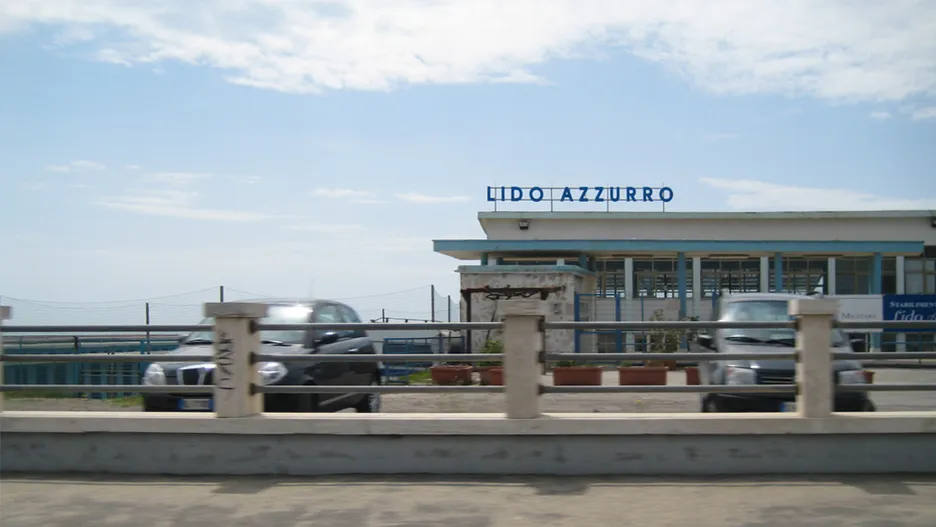Mission
Ever since its inception, Landscape Architecture has striven to contribute towards the creation of a wider spatial cohesiveness, in terms of both towns and cultural landscapes:
- with programmatic concepts for the social, ecological and aesthetic purpose of open spaces
- with spatial structural concepts for the distribution of green areas and open spaces within the town
- with concepts for the aesthetic and ecological augmentation of land use and infrastructure in the cultural landscape
Whereas in the 19th century town and open spaces, landscape and built-up areas were regarded as a holistic entity, 20th century ‚green and landscape planners‘ in Germany concentrated on maintaining quantitative and functional standards for open spaces and green corridors. Their concepts aimed to depict open spaces and landscape as an autonomous system whose purpose was to curb inward and outward urban growth. This led to an increase in the proportion of open spaces. What it failed to achieve was the prevention of landscape destroying, land and resource-consuming suburban sprawl and the 'naturalization' and dissolution of urban quarters and public open spaces.
With the advent of the 21st century, town, regional, traffic, infrastructure and landscape planners realized that simply by enhancing their own specific fields of interest, when pursued as isolated goals, they were unable to create acceptable social, ecological or aesthetical conditions.
They turned their attention to open spaces and landscape as structure givers for new urban social environments:
- in a 'critical reconstruction' and gentle renewal of rural spaces: Land and Cultural Landscape
- in the revitalization of the European city: City and Open Space
- in the qualification of Suburbia: Urban Landscapes
- in the integration of new land uses and infrastructures: Energy and Landscape
The Professorship researches and teaches the conceptual, formative shaping of open spaces and landscapes.
